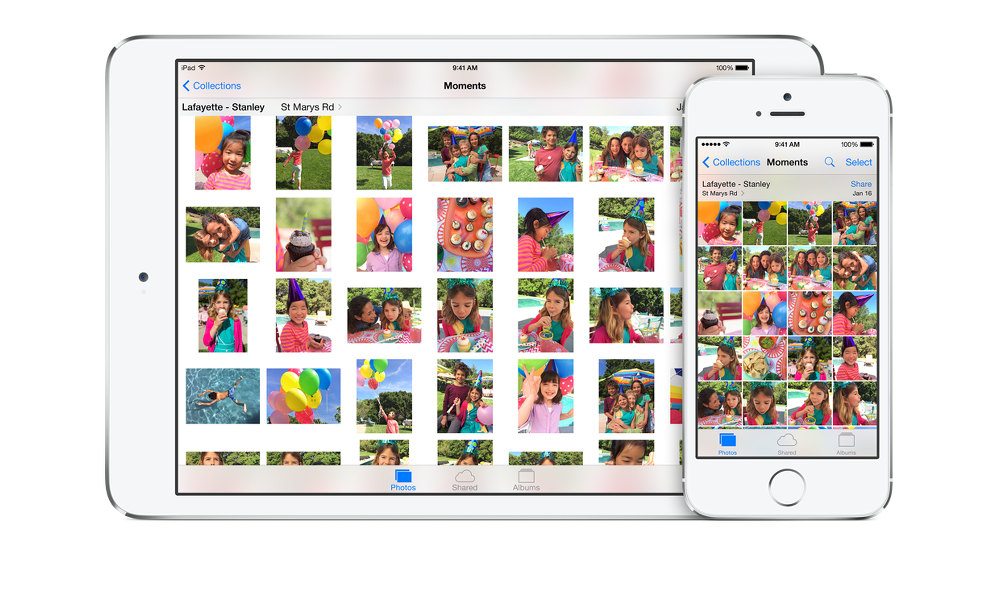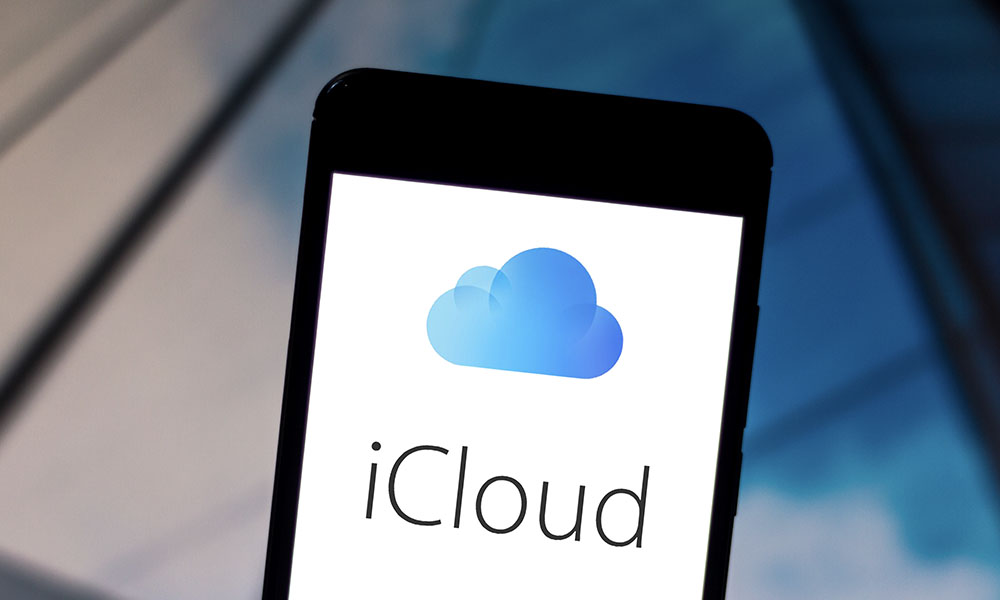Apple Will Shutter Its Legacy iCloud Photo Stream on July 26 | Here’s What That Means For You

Toggle Dark Mode
Apple’s iCloud service is nearly 12 years old, and in that time, it’s evolved into a full-fledged solution for storing nearly everything, from your important documents to your precious photo and video memories. However, that wasn’t always the case.
As hard as it may be to believe today, there was a time when iCloud didn’t provide any online storage for your photo library. In fact, when iCloud went live with the release of iOS 5 in the fall of 2011, the only thing Apple was offering was a feature called iCloud Photo Stream, which amounted to a bucket of temporary cloud storage provided solely as a way to get your photos from your iPhone to you Mac or PC.
iCloud Photo Stream was an oddball solution that provided storage for up to 30 days for up to 1,000 photos. This was enough time, Apple reasoned, for you to fire up your Mac and download those photos into either Aperture or iPhoto, which were Apple’s professional and consumer photo management apps of that era. They could also be manually downloaded from there to a Windows PC.
However, there was one other catch: iCloud Photo Stream didn’t support videos at all. You still had to plug your iPhone into your Mac to transfer those the old-fashioned way or find another cloud service, such as Dropbox, that would handle this for you. Plus, iCloud Photo Stream only transferred photos over a Wi-Fi connection. Granted, cellular data was expensive in those days, but Apple wasn’t willing to even give folks the option to have their photos safely backed up while on the go.
The iPhone and iPad each kept a separate Photo Stream album so you could easily see the photos you captured on other devices, but to make things even weirder, as I noted in 2012, iOS stored a downscaled version of your photo in that section, optimized for the resolution of the specific iPhone or iPad it was on. The Photo Stream originals were stored only in iCloud, waiting to be transferred to your Mac or PC, although they also remained in your local photo library (your “Camera Roll”) unless you manually deleted them.
The full-featured iCloud Photo Library arrived three years later when Apple released iOS 8.1 in early 2014 — and it was a total game-changer. It eliminated the separate “Camera Roll” in favor of a unified photo library that synced between all of a user’s devices, supported videos and full-resolution photos, and offered optimized storage to offload massive photo libraries to the could while keeping previews available on all devices.

Despite that, Apple kept iCloud Photo Stream around in case folks still preferred that method. iCloud Photo Library was better in almost every way except for one: You had to pay for the storage required for your photos since Apple’s paltry 5GB of free storage would hardly be enough to store even a modest library of pictures and videos.
By contrast, iCloud Photo Stream had always been free not only of any fees but also of any storage caps. Since Apple limited it to 1,000 photos and 30 days, it didn’t feel the need to include it in the usual iCloud storage allotment. A full iCloud Photo Stream occupied no space, even on Apple’s free 5GB plan.
Although the benefits offered by iCloud Photo Library should easily justify the cost of paying for the necessary iCloud storage, some prefer to keep their photo libraries mostly offline. Those who want nothing to touch the cloud wouldn’t use Photo Stream either, but less privacy-conscious folks might find it a reasonable compromise since it was only designed to transfer photos to a computer more automatically and seamlessly than using a cable between your iPhone and your Mac or PC.
The End of iCloud Photo Stream
Now that it’s 2023, it’s hard to say how many folks are still using Photo Stream, but Apple has clearly decided it’s not enough to justify keeping the service around. In a note posted on its About iCloud Photos and My Photo Stream support page, it’s quietly announced that the Photo Stream service will be shutting down on July 26, 2023.
This shouldn’t have a huge impact even for those still using Photo Stream, as it’s not permanent storage for your photos anyway. To ensure that nothing goes awry, however, Apple has announced a transition plan that should help ensure that everything is cleared out of users’ Photo Streams before the shutdown date.
Since Photo Stream only stores photos for 30 days, Apple will stop accepting new uploads on June 26. This means that by July 26, the date that Photo Stream will go offline, all existing photos will have expired and been removed anyway.
Further, since photos added to iCloud Photo Stream are not automatically removed from a user’s device, the originals will still be on the iPhone or iPad where they were originally taken unless the owner manually deletes them.
Naturally, Apple recommends iCloud Photo Library as the best solution for folks who want to have their photos automatically synced between their Apple devices — which it already is either way. Of course, it’s not the only game in town, but chances are those still using Photo Stream are there because they prefer to manage their photo libraries offline on a PC or Mac. If you still want to avoid the cloud, losing Photo Stream may force you to go back to plugging your iPhone into your computer, but that’s always been necessary for videos anyway. Otherwise, it’s probably a good time to consider biting the bullet and subscribing to an iCloud+ Storage Plan.









